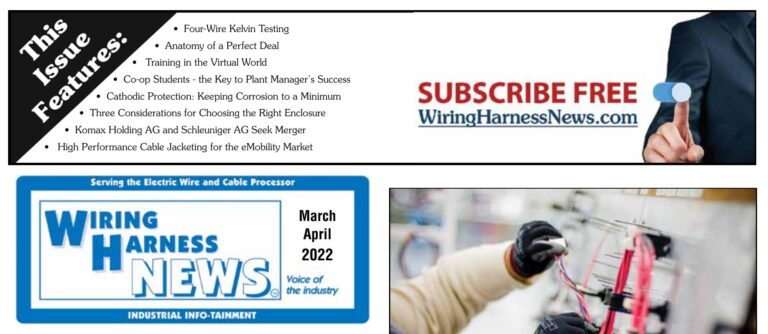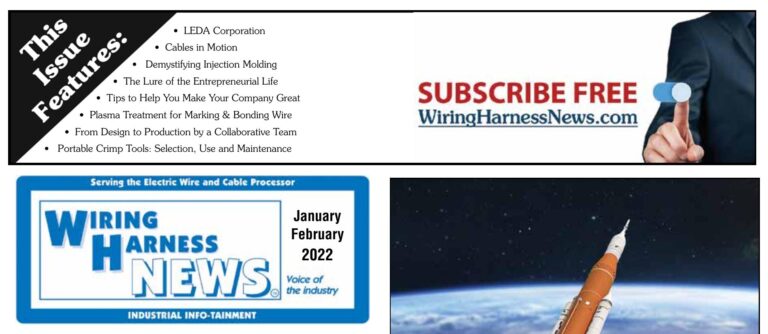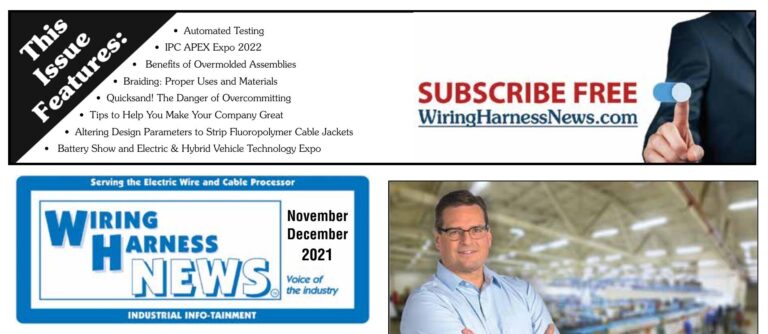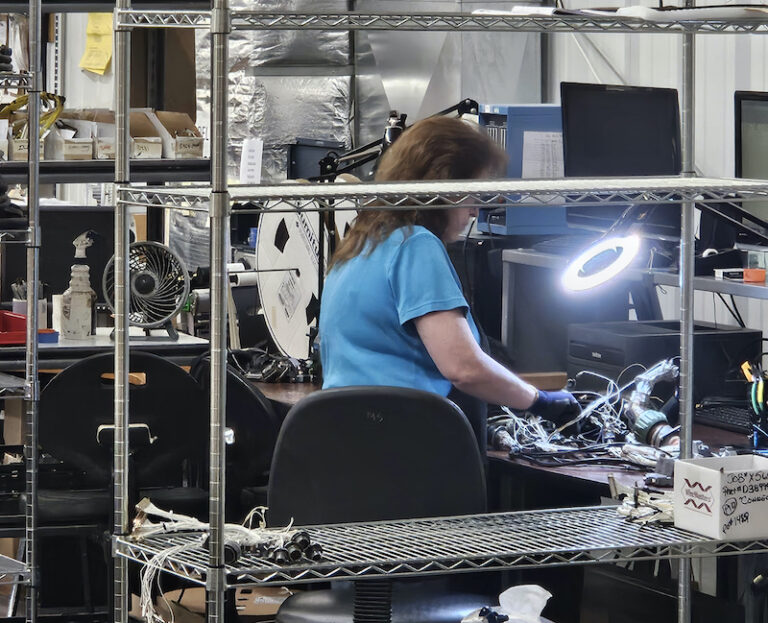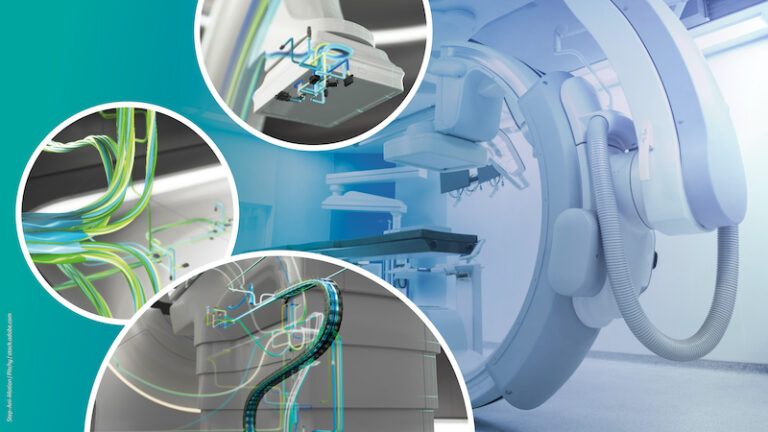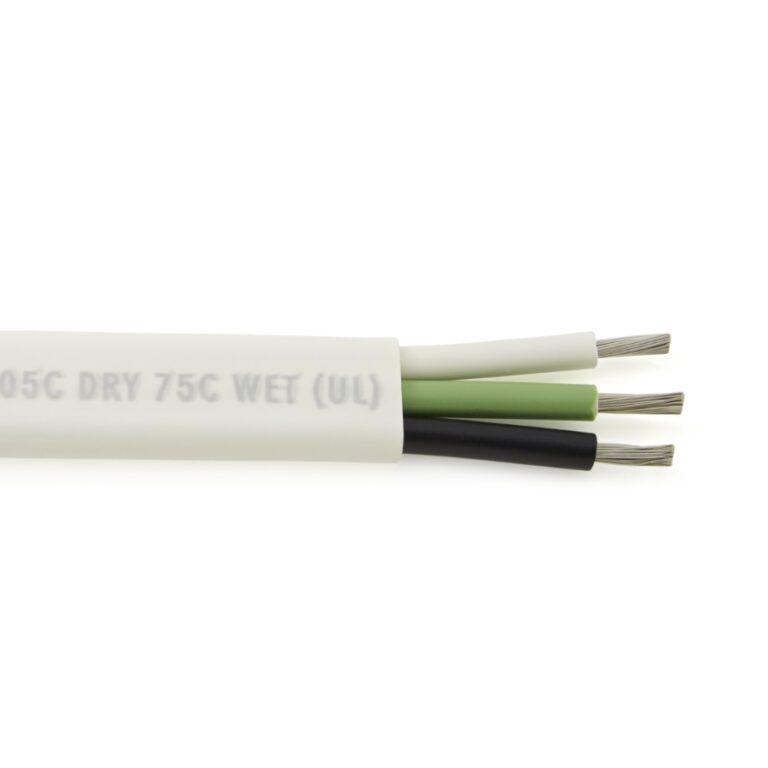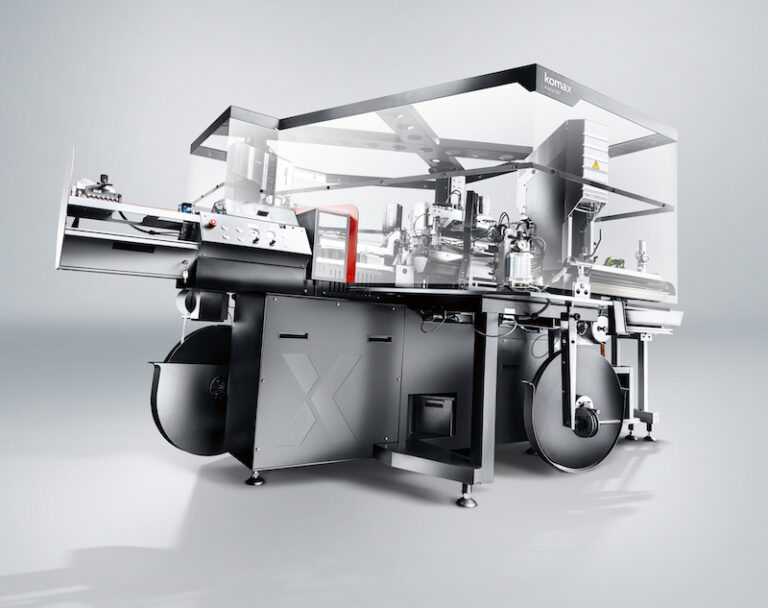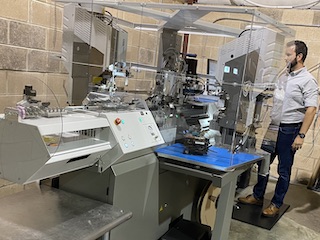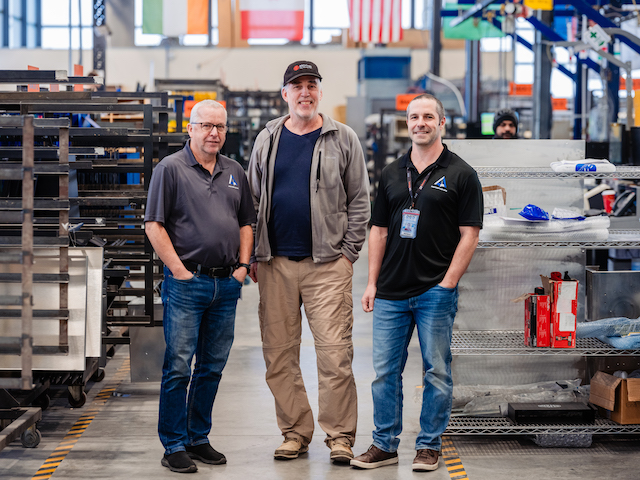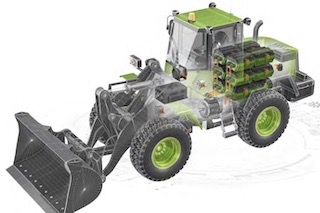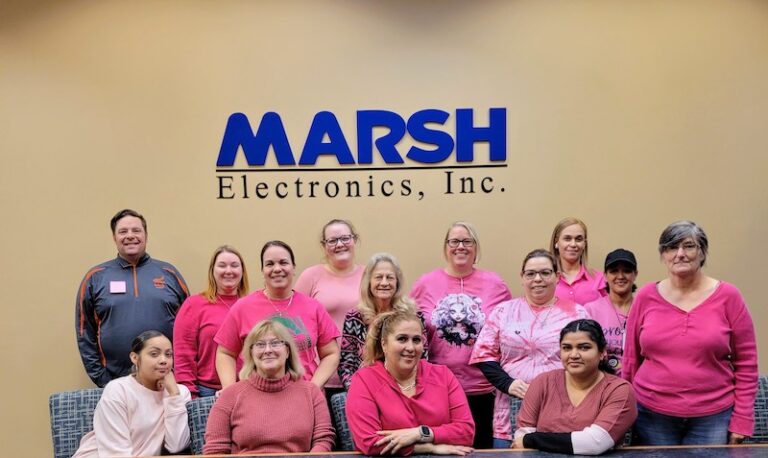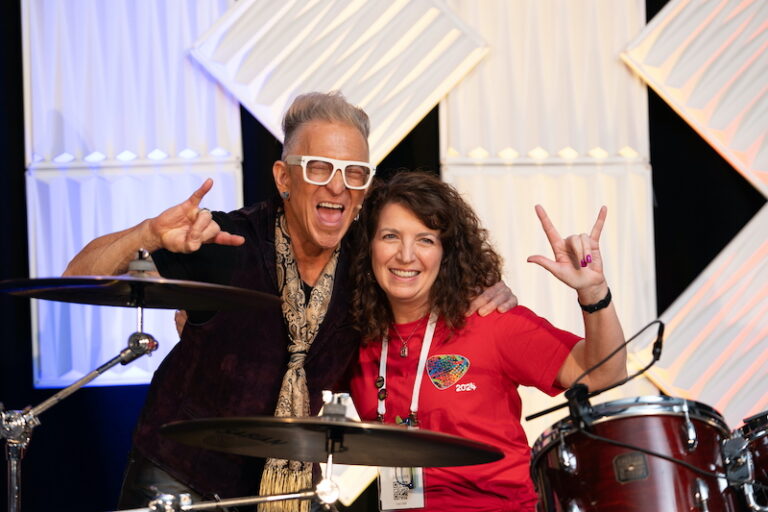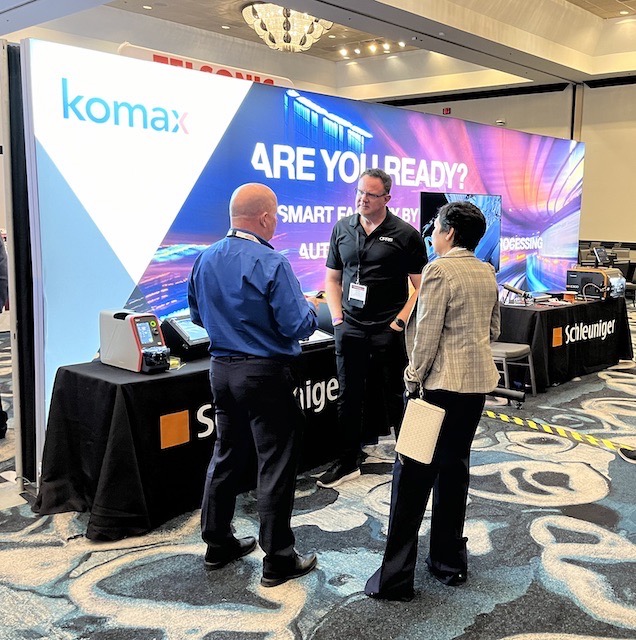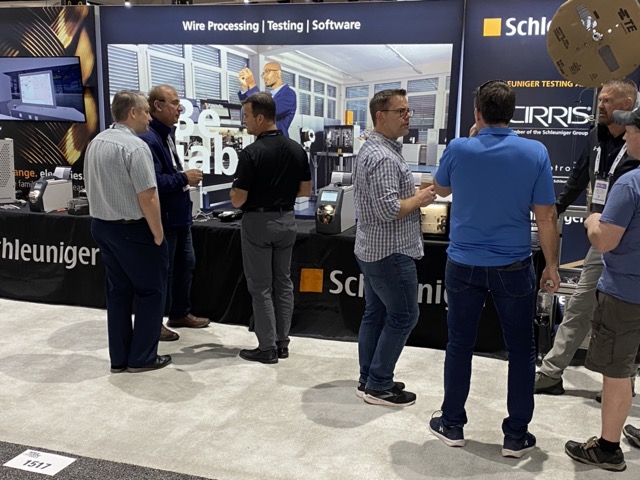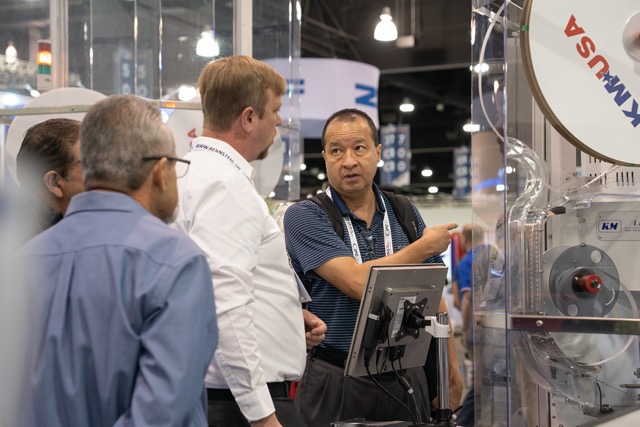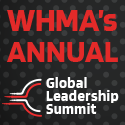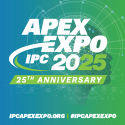Optimizing the Supply Chain
By David Panco
Competition is getting tougher in the wire harness industry. Costs are rising, and companies are looking to find cost saving opportunities that can positively affect the bottom line. Finding those costs to reduce and eliminate are getting harder and harder to find. There is one area that every company should look at, and that is their global supply chain. Where does that raw material really come from, what is the country of origin, and are there customs duties built into the price of the material. There are some golden opportunities waiting for those companies to find.
Globalization is creating more foreign content in many of the products built today. More and more companies in the US are purchasing more foreign origin components to build their products. There are costs in the supply chain that most companies overlook, don’t pay attention to, or think they are just the “cost of doing business”. Sometimes, these costs are buried in a composite number where they are not visible to managers and executives.
These are the customs fees. Here is a list of the most common customs fees paid in the US.
- Customs Duties
- New tariffs added to Customs Duties
- Merchandise Processing Fees
- Harbor Maintenance Fees
The costs that are apparent are the customs fees (duties and tarrifs) paid directly to US Customs and Border Protection by a company importing goods into the United States. The Merchandise Processing Fee (MPF) is paid for importing shipments into the US and are an additional cost to a company. This fee increased on October 1, 2018, and the MPF is based on the value of the shipment (0.3464%) with a minimum of $26.22 and a maximum of $508.70 per shipment. The Harbor Maintenance Fee (HMF) is paid for imports through US ports and harbors in the US. The HMF is based on the value of the shipment (0.125%).
The fees that aren’t paid much attention to are those fees that fall into the category of “just part of the cost of doing business”. These are low duties, or a complex business model where the fees are not apparent. The hidden costs are those that are in the piece price of the raw material. There are great opportunities for companies to take a look at this area, as there are many benefits that can be gained.
Hidden Costs
Companies are encouraged to review the value stream of their raw material supply. What is the country of origin of the raw material being purchased for manufacturing? If it is a foreign country, then there is most likely a customs duty or tariff built into the piece price. Many manufacturers are buying product from a US supplier, but the product is really a foreign sourced component. Or, the supplier is a foreign based company with the manufacturer taking possession in the United States. The manufacturer is not involved in clearing the raw material through customs or paying the associated fees and duties. However, they really are paying the fees and duties, as these costs are built into the piece price.
Proliferation of foreign content
In the decades preceding the 1980’s most manufacturing companies made their own parts from start to finish. They were vertically integrated and employed many different types of industry in their plants. Starting in the 1990’s, there were two changes that started to happen.
We started to see modularization of subassemblies and a proliferation of purchased parts. In order to push labor from high cost factories, the finished products were designed to become more modular in their assembly. Suppliers would build the module and ship it to the final assembly factory where these modules were built into the final product. This moved labor from the high dollar factories into the suppliers where the labor and overhead costs were lower.
The second change is many manufacturers started looking at their core competencies and determining they could lower their total cost. They moved some of the vertical integration production to companies that specialized in the specific manufacturing and produce. This moved the expertise required and the associated engineering, research and design to companies that were the experts. This helped to create lower total cost for many of the raw materials and components. This started the increase in purchased components in the supply chains.
Another change that started to occur in the 1990’s is the customer base for many suppliers started to become foreign based. This became more prevalent in the 2000’s, where many diverse and foreign customers started requiring their own customer specified components. Suppliers from Asian and Europe entered the supply chain as their materials were required by the Tier 1 customer in the final assemblies. These started the increase in global suppliers in the supply chain. Value streams changed from getting a component from across the aisle, or across town, to getting a component from across the continent or across the ocean.
Over this timeframe, some companies grew from 5% purchased components to over 50% purchased components. With the growth of European and Asian car manufacturers bringing the car plants to the US, the growth of foreign purchased components grew exponentially.
Total Cost and Hidden Cost
Let’s break down the piece price of raw material. The obvious costs are the material and labor. These are the costs that most of us think about when we look at what makes up a piece-price. Buried in the piece price are many more cost items included in the piece price. These are the expendable packaging or returnable containers used to ship the part from the supplier to the manufacturing customer. The transportation and logistics costs are included in the piece price. The logistics includes all the activities used to get the part to the customer; shipping companies, warehousing, distribution, brokers, and clerical. There is also an overhead cost built into the piece price. This includes cost running the factory that makes the raw material, and includes a host of administrative services that are performed to make the part, sell the part, ship the part, and deliver the part. Many of these specific costs in the piece price cannot be changed, as they really are costs of doing business with the supplier. However, there is one item that can be easily overlooked. This is the customs duties and tariffs included in the piece price.
Supply Chain Review
Many companies have raw material shipped to their warehouses and distribution centers in the US. Some of these suppliers have US addresses and some of these suppliers are shipping directly from a foreign country. Many of these components ship to a US address where the customs duties are paid at the port of entry (ie. Long Beach, CA), making these products domestic material with a foreign country of origin. These customs duties are paid either by the supplier or by the customer, depending on the INCO terms. These products are then warehoused or cross-docked for shipment to Mexico (or other foreign destinations). If the customer is paying these customs duties, then it is easy to identify this cost and create a method to eliminate or reduce this cost. If the supplier is paying these customs duties, then this cost is buried into the piece price. The method to eliminate or reduce this cost still exists, but requires a little more effort to attain this savings. There are hundreds of thousands of dollars being paid for customs duties that are included in the piece price of the product. This hidden cost can be a real game changer for many companies who make the effort to reduce or eliminate this from their supply chain.
When a foreign product is entered into the US commerce, someone pays the customs duty and tariff. If the supplier clears the product at the port of entry and pays the duty, it is passed on to the customer in the piece price. By knowing the country of origin and the HTS number (Harmonized Tariff Schedule), a company can determine how many dollars they are paying per year in these hidden customs costs. If the customer is paying the customs duties directly, then capturing this cost is easier. Most companies will find that they have both these cost situations in existence. By collecting and reviewing these costs, the feasibility of eliminating and reducing this cost is essential. If this total cost is a substantial number, then the FTZ (Foreign Trade Zone) program should be considered as a feasible option.
The manufacturing company can set up the FTZ program in their facility to receive these foreign products directly from the port of entry duty free. This is easiest to accomplish when the customer is paying the customs duties directly. This change can also happen for suppliers that ship parts into the US and the customs duty cost is included in the piece price. These both change the value stream and cause changes in the supply chain. In the first instance, where the customer is paying the customs duty, the savings is immediate. In the second instance where the supplier is paying the customs duty, a negotiation with the supplier is in order. A price reduction for the product to remove the customs duty is a great benefit for the manufacturing plant. As an incentive, this savings could be shared with both the supplier and the customer.
FTZ Costs and Benefits
There are costs involved in setting up and running the FTZ program. The benefits of the Customs duties and tariffs can be substantial and make the FTZ program very appealing and essential for a company’s success and growth. Each company should review their value streams and supply chains to determine which benefits are realizable through reducing customs duties and tariffs. Identifying the hidden costs and building the business case can save many dollars and direct these savings to the bottom line profits. There are companies that have excellent finance and tax staffs who can perform these types of analysis. There are also FTZ and Supply Chain consultants that specialize in identifying what and where the numbers are to build the business case. Many of these consultants offer the initial review for no cost. In addition to saving the customs duties and tariff fees, there are MPF and brokerage fees that can be reduced that only a Foreign Trade Zone program can offer.
Now is the time for companies to make this review.
David R. Panko
David Panko is the FTZ Manager for Foreign Trade Zone 68 for the City of El Paso. He is the Grantee representative and liaison with many federal agencies that have a regulatory role with El Paso’s Foreign-Trade Zone. He works with industry and organization leaders in El Paso and Juarez to develop and utilize the Foreign Trade Zone program, creating significant cost savings to their manufacturing operations and supply chains.



















